Ah, Europe. Most of us love going there for our holidays. For motorcyclists, the lure of the continent is especially strong: long bike rides through the spellbinding Tuscan countryside; thrilling jaunts down the unrestricted sections of the German autobahn; leisurely stays at picturesque French campsites. Oh yes, let’s not forget roads without potholes – worth the journey in itself!
But if you’ve never embarked on a continental bike ride, there’s a few preparations you should make first…
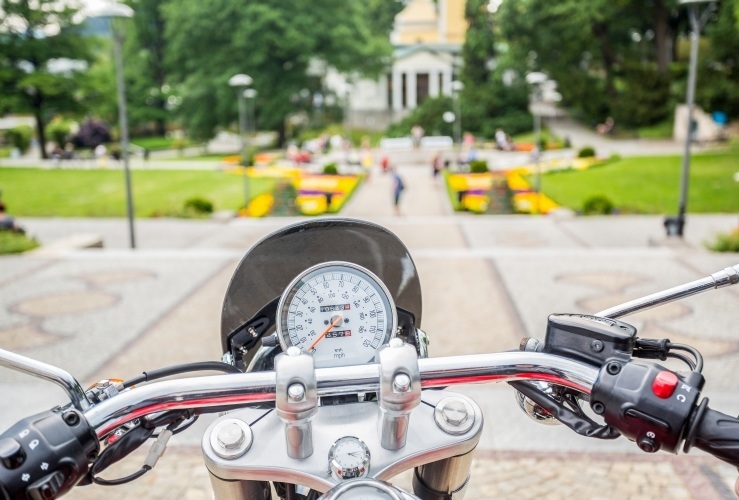
Choose your bike
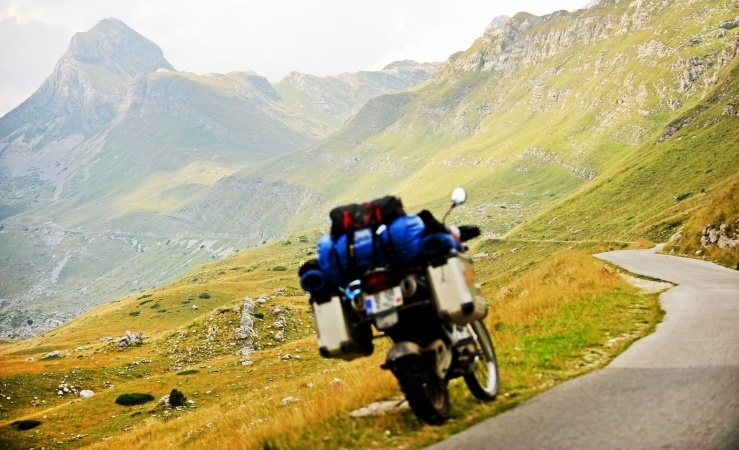
If you haven’t experienced anything more than a Sunday afternoon burn in the countryside with your friends, you won’t know what it’s like to spend day after day on your bike. But after a week or so riding in continental Europe, you’ll understand precisely how comfortable and reliable your ride is. The only way to find out if your bike suits you for touring – is to go on a tour!
For those with the funds, it might be tempting to upgrade to a new bike before a European tour, but you may well find you're better off with your familiar bike. When you return home you can decide if you need to invest in a new pair of wheels for your next overseas jaunt.
Prepare your bike
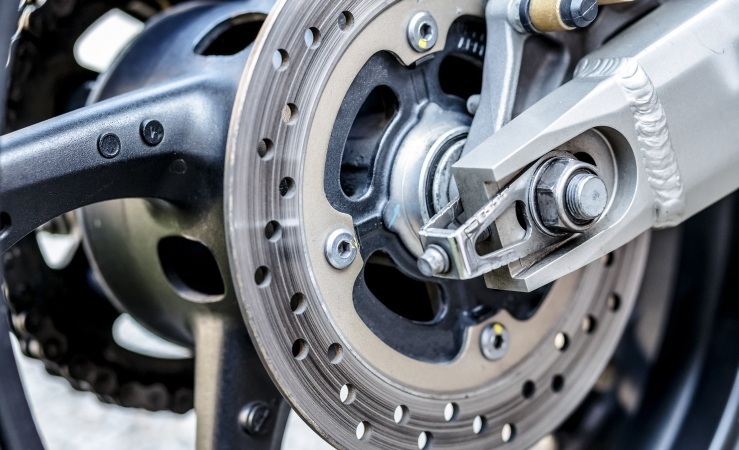
Don’t leave preparing your motorcycle until the night before you head off. Get ready a good two weeks beforehand. Have your bike fully serviced and check that your tyres are up to the job. Remember you may well be covering thousands of miles, so your tyres must be in good condition. Also consider how much heavier your bike will be laden with luggage and in some cases a pillion – all contributing to tyre wear.
Consider replacing your chain or sprocket. Take your bike for a couple of runs before you go – and ensure any new parts are bedded in.
Restrict your dip beam to avoid dazzling other road users
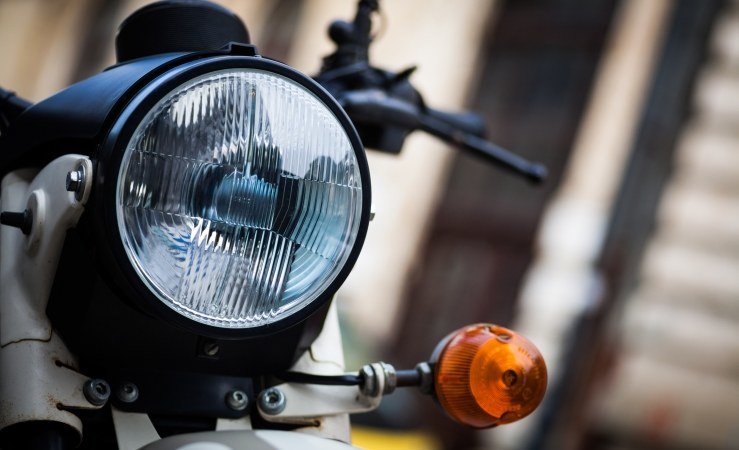
Some dip beams on UK bikes project additional light to the left, in order to illuminate road signs and the verge. But when you're driving on the (right-hand drive) continent this light will dazzle other road users, so it's advisable to mask off the section of your light that emits this potentially hazardous light. Beam your lights at a wall or garage, then identify where to mask the light. Use masking tape or elephant tape.
Apply a UK sticker and avoid a fine
Unless your number plate bears the UK identifier with the Union flag (also known as the Union Jack). you must apply a GB sticker or run the risk of a fine while away.
If you’re driving in Spain, Cyprus or Malta, you must display a UK sticker no matter what is on your number plate, and outside the EU some countries also still require UK drivers to display a UK sticker.
Documents
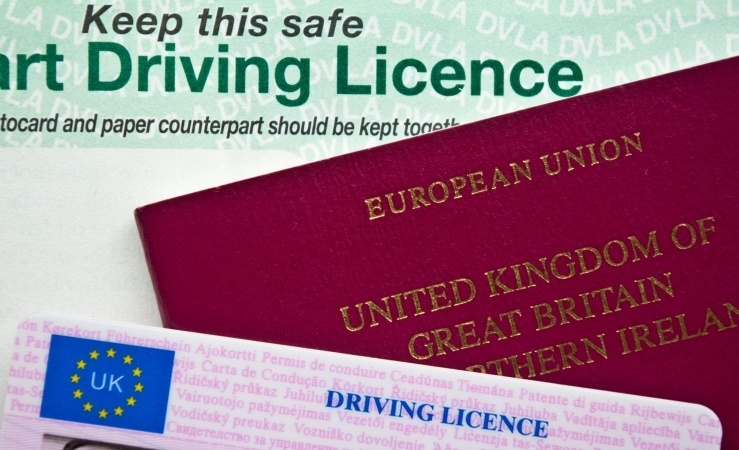
Keep your passport, license, V5, and insurance certificate with you at all times.
Spares, equipment and tools
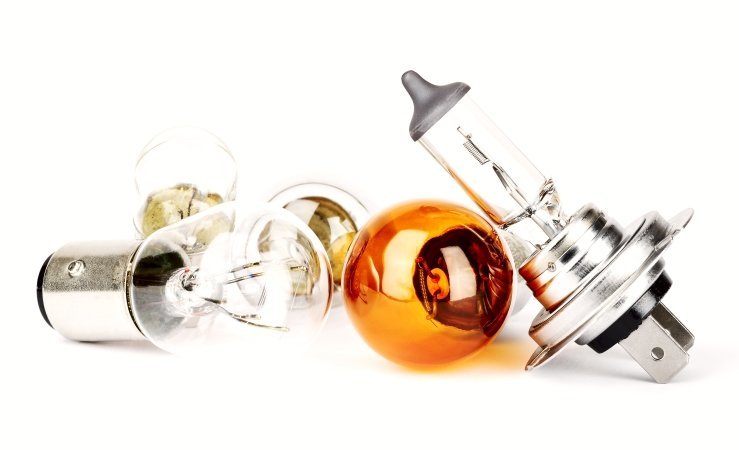
Depending on your bike, take along appropriate basic items in a tool roll – including insulation tape and heavy duty wire.
Pack spare bulbs for each of your lights, a small first aid kit, a yellow reflective jacket and a warning triangle in case you breakdown.
Luggage
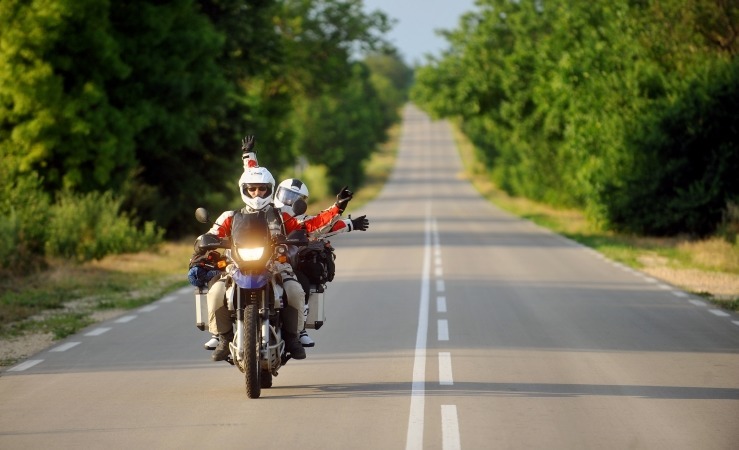
roibu/Bigstock.com
There are a wide variety of panniers, cases and roll-bags to consider for your trip. If using hard cases it is highly advisable to use a tie-down strap, since the standard mounting may well spring loose over bumpy surfaces, leaving your belongings all over the highway.
Bungees
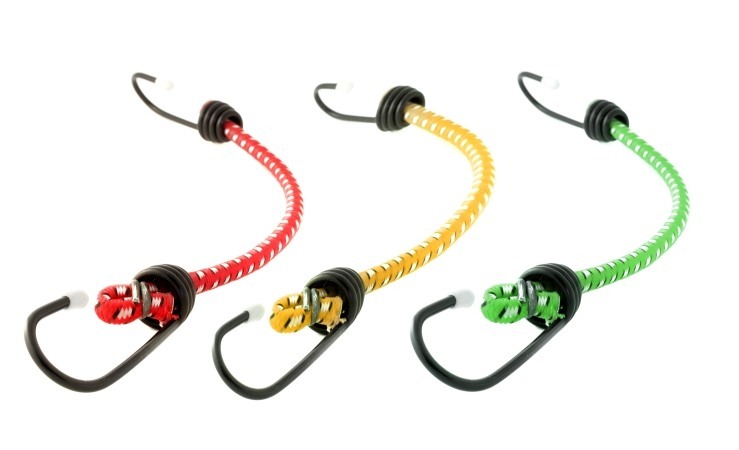
Depending on how much or how bulky your luggage is, consider investing in some bungees to keep everything tied down. High quality tie-downs and bungee nets are also very useful for keeping your gear secure on the road.
Rucksack for essentials

Take a small rucksack for essentials such as passport, camera and phone. You can then take the important stuff with you when you stop for a break.
Don’t ask your pillion to carry a rucksack – it will get extremely uncomfortable and they will never want to go on a tour with you again!
Maps

Either buy the necessary paper maps before you go, or load up the required routes on your satnav. Google Maps on a smartphone is one alternative to a satnav – although it doesn’t have the advantage of being mountable in front of you. Again, make sure you load up all applicable routes (by zooming in on the destination areas) so you can access it offline. But if you lose your offline maps for any reason, simply stop at a motorway service station with Wi-Fi and download them again.
Lane splitting
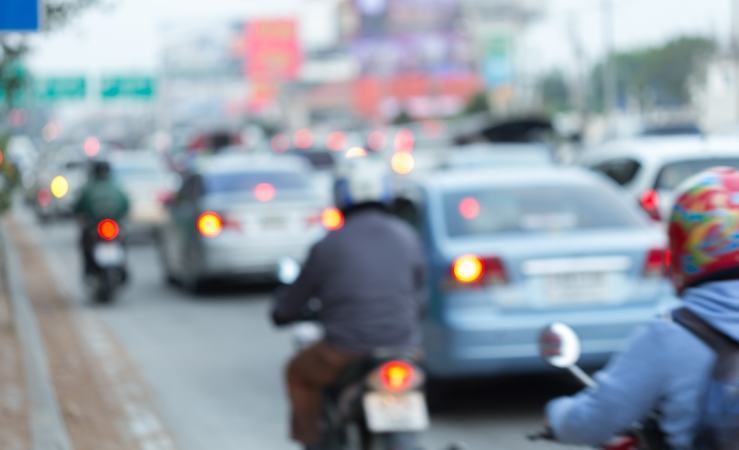
Lane splitting or ‘filtering’ refers to the practice of riding between lanes of stationary traffic. Be aware that this is not tolerated in some countries – notably France.
Speed limits
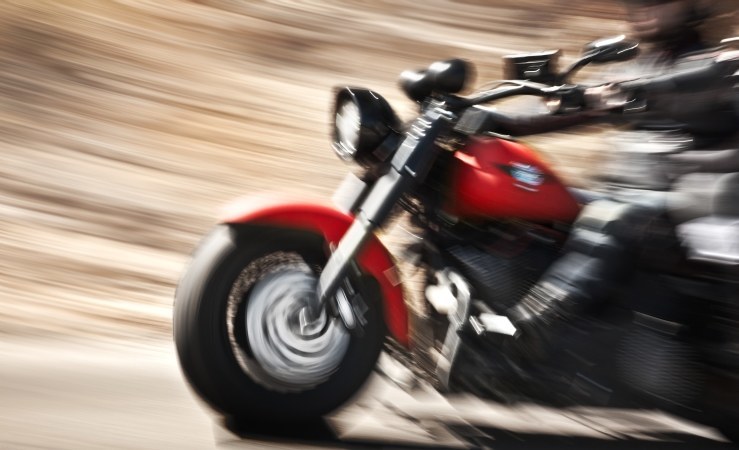
Get to know the speed limits of your destination country/countries. While you will not lose points on the continent for speeding, you may face on-the-spot fines; if you cannot produce the requisite sum you may have your motorbike confiscated.
European breakdown cover
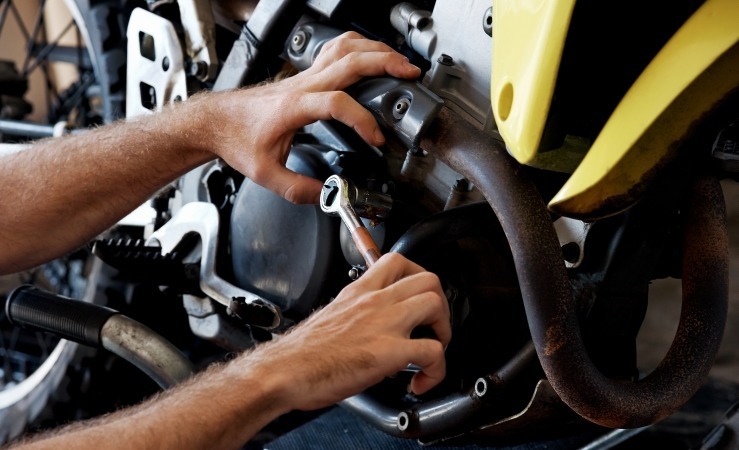
No matter how well you look after your motorcycle, a breakdown is always possible. Suffering a mechanical failure while abroad can be a stressful experience – especially if you don’t have breakdown cover. Taking out adequate cover costs a relatively small amount and offers genuine peace of mind while overseas. Without cover, you could face large one-off fees for recovery – especially if you break down on the hard shoulder of a motorway. Repair costs are also likely to be higher than the cost of an annual cover policy.
Need motorbike breakdown cover? View Start Rescue’s range of affordable, reliable recovery policies – trusted by thousands of UK bikers.
Download our pdf checklist: European motorcycle journey checklist




